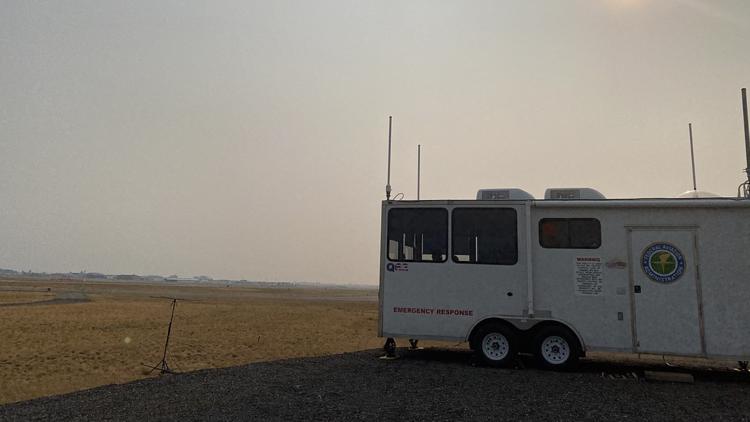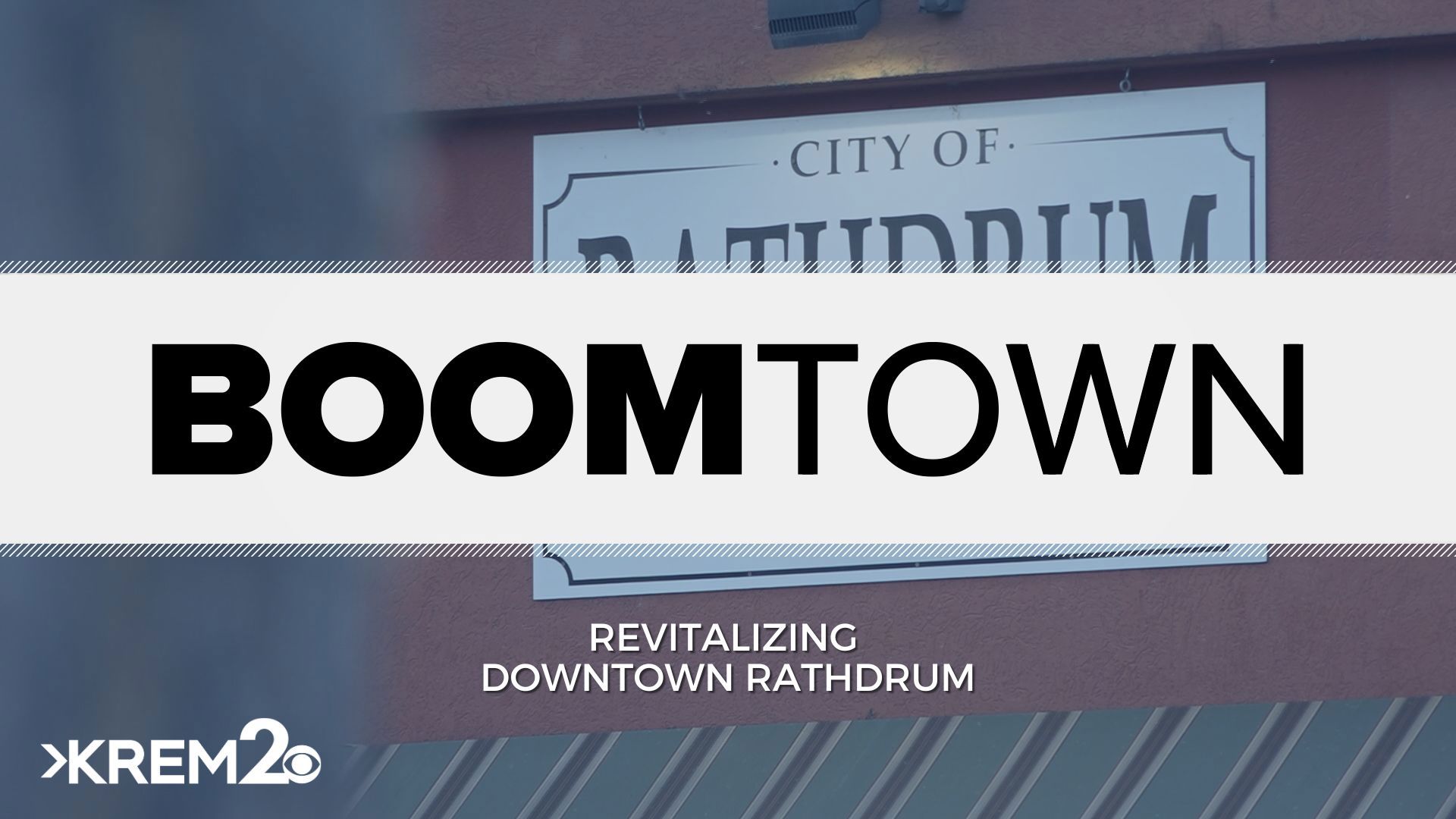COEUR D'ALENE, Idaho — Seasonal control towers have aided Coeur d'Alene Airport users for years, but as daily operations eclipse 400, the administration is considering a more permanent structure, as reported by KREM 2 news partner the Coeur d'Alene Press.
Averaging 370 operations per day puts the Coeur d'Alene Airport at one of the busiest facilities in the region, manager Steven Kjergaard said.
Busier, in fact, than Spokane International, Felts Field and the Boise Airport, he noted. As the facility is expected to continue growing with the increasingly desirable Panhandle area, Kjergaard said a permanent air traffic control tower on Pappy Boyington Field is needed.
Control towers are similar to a stoplight on busy intersections that regulate the flow of traffic by controller staff communicating to pilots across airwaves, Kjergaard explained. He said that having a controller on the field would elevate airport safety for the general public and aircraft.
"Unfortunately, when you're talking about that many operations, someone's going to get killed at some point," Kjergaard said in a meeting with the Kootenai County commissioners. "We're just too busy right now. It's far too busy."
Temporary control towers are frequently installed at the airport by the U.S. Forest Service during fire seasons, Kjergaard told The Press. However, the structures typically operate for several weeks before being removed.
"Right now, the tower is here because of the fire season," he said. "But realistically, the Forest Service could say 'we don't need it anymore' tomorrow, and it's gone."
Through the current U.S. Forest Service tower that went active July 10, Coeur d'Alene Airport administration has collected data on how many aircraft operations use the local runways. When there isn't smoke, Kjergaard said, there are about 400 touchdowns and takeoffs per day.
But that number is growing, and just last weekend, Kjergaard recorded almost 600 flight operations daily.
"We've had some pretty astoundingly busy days," the manager said. "Six hundred operations a day put us with some of the busier commercial airport services in the country."
Reaching a 600 operation average isn't a stretch, Kjergaard said, as Coeur d'Alene Airport is home to fire tankers, jet aircraft, three flight schools, commercial companies, resident and visitor general aviators.
He said securing and financing a permanent control tower through the Federal Aviation Administration will depend upon several factors.
For years, the lack of data reporting Coeur d'Alene Airport daily operations has limited facility conversations with the FAA about the need for a tower, Kjergaard said. Without a tower, the number of annual operations is unknown, which is why the airport's 2019 Master Plan states there were approximately 87,000 while the FAA estimates there were around 130,000.
"The FAA fully admit it is a flawed system seeing as they don't have someone out there to count that," Kjergaard said.
The FAA performs a cost-benefit analysis based on evaluations showing whether the agency is willing to fund controllers. The FAA doesn't usually cover tower construction costs, Kjergaard said, leaving the county responsible for financing initial build and maintenance.
Still, Kjergaard said the county shouldn't have to pay for the tower, and he hopes to demonstrate a need for the FAA to finance the structure. The FAA paid for a tower in 2015 at the Aurora Airport in Oregon, he said.
"We're currently talking with Oregon's Department of Transportation," Kjergaard told the commissioners. "We're trying to figure out who we're going to talk to within the airport transportation organization and what the threshold is for them to build a tower."
The last ballpark figures Kjergaard heard for building a tower were between $8 million and $12 million, but those are several years old. Because it would be upward of six stories and in need of specialized radio communications equipment, constructing the tower could be a significant undertaking, he said.
A timeline for the project could span anywhere from five to seven years after FAA approval, Kjergaard estimated, in which time operations would likely continue to grow.
"Our growth is not stopping. Yes, we're in a plateau on the number of hangars, but we continue to see more jet aircraft," he said. "Our fuel sales continue to climb. Everything shows that we're going to continue to grow unless something drastic changes in the community."
The Coeur d'Alene Press is a KREM 2 news partner. For more from our news partner, click here.



